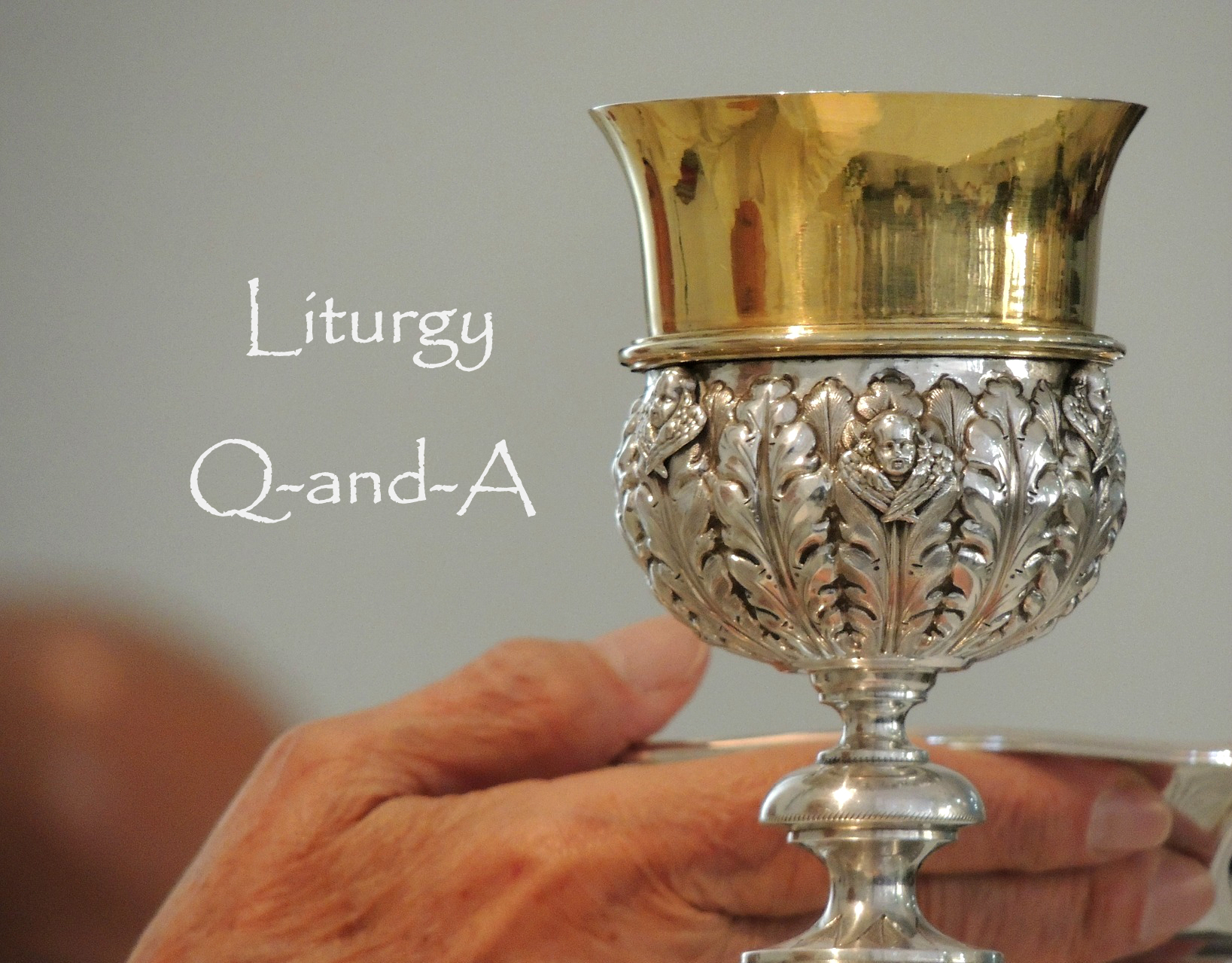Answered by Legionary of Christ Father Edward McNamara, professor of liturgy and sacramental theology and director of the Sacerdos Institute at the Pontifical Regina Apostolorum university.
Q: We are a convent of religious missionary sisters in Thailand. The question is: How many times in a day can the Blessed Sacrament be exposed in our oratory? That is, exposition without Benediction? — M.D., Mae Sot, Tak, Thailand
A: First, I think we should ask what is meant by multiple expositions.
If what is meant is truly multiple expositions, then that entails different groups of people who gather together for brief expositions of the Blessed Sacrament of between 30 minutes to an hour. During exposition, the faithful may sing, read Scripture, pray together, and above all dedicate some time in silent prayerful conversation with Christ. If each group is truly different, then there is in fact no set rule or limit to how many times exposition would take place, but this would be admittedly a very rare and less than ideal situation. It would also be supposed that each brief exposition would conclude with Benediction.
Since the sisters specifically ask about exposition without Benediction, then I think we should rephrase the question and ask how many times each day may a single prolonged exposition be interrupted during the day.
In prolonged expositions, the faithful, and/or a religious community usually take turns in adoration, although this does not exclude periods of community prayer before the Blessed Sacrament.
If a prolonged exposition is to be temporarily interrupted (for example, during the night or to allow some other celebration), the Blessed Sacrament is reserved and later exposed anew with no special ceremonial whatsoever except the usual reverence attributed to the Eucharist.
The norms regarding this are found in the 1973 document of the Sacred Congregation for Divine Worship, «Eucharistiae Sacramentum,» Promulgating the editio typica of rites for holy Communion and worship of the Eucharist outside Mass.
No. 83 of this document forbids the celebration of Mass during exposition, although if the exposition is to continue for one or more days, then it is interrupted during Mass.
No. 86 says that prolonged expositions should be held only if there is a congruous number of faithful so that the Blessed Sacrament is not left unattended.
No. 88 allows for brief interruptions in which the Blessed Sacrament is reserved in a simple manner, should there be insufficient adorers during the day. It also limits these interruptions to a maximum of twice a day, for example, at midday and at night.
With all this in mind, a religious community that practices prolonged periods of adoration before the Blessed Sacrament exposed would be able to organize these periods while respecting the limit of no more than two reservations a day. It is up to the community to establish the rationale behind its decisions based on its mission, its charism, and the needs of the community.
Thus, for example, a community could have the first exposition in the morning, interrupt for Mass, and have another simple interruption during lunch. The exposition could be renewed once more at some time in the afternoon for further periods of adoration leading up to Benediction.
In most cases, the daily exposition would conclude with Benediction at the end of the day, except in the case that it is foreseen that exposition is perpetual or at least prolonged over several days.
In the latter situation, it is possible to organize Benediction to coincide with the presence of the whole community or a significant congregation of faithful.
Benediction usually concludes a period of exposition, and the Blessed Sacrament is reserved after this rite.
However, this is not a hard and fast rule. There are cases of perpetual or prolonged adoration in which Benediction concludes a community activity, but the sacrament is not reserved and the turns of adoration continue.
* * *
Readers may send questions to zenit.liturgy@gmail.com. Please put the word «Liturgy» in the subject field. The text should include your initials, your city, and your state, province, or country.



